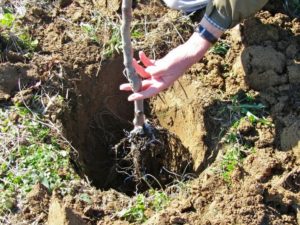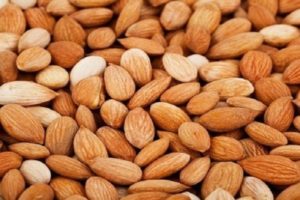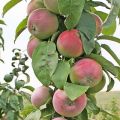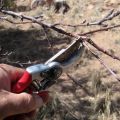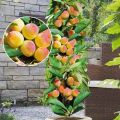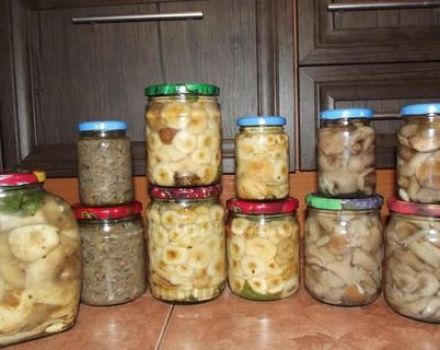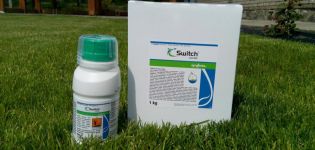Description of the apricot variety Triumph Severny and the history of selection, planting and care
Apricot variety Northern Triumph belongs to frost-resistant species, it grows and bears fruit both in the Middle Strip and in the northern regions. Apricots are hardy to cold weather, they are not afraid of long winters. He also tolerates diseases persistently. It was bred by breeders specifically for growing in the North. You can get acquainted with the characteristics of the fruit in this material.
Description of the variety
The Triumph Severny variety is popular among gardeners due to its high yield and low temperature tolerance. The cultivation of the apricot tree in the North of Russia is facilitated by its characteristics.
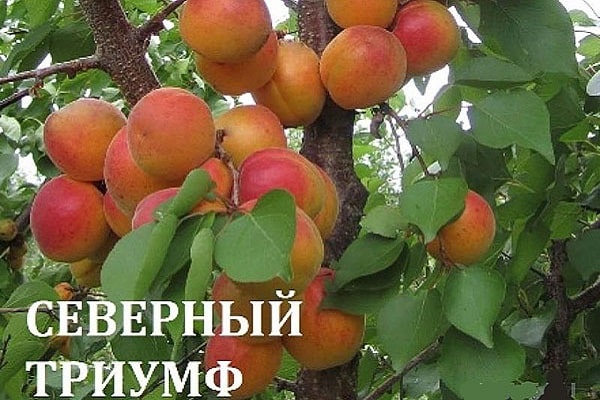
Breeding history
The variety was created by the biologist A.N. Venyaminov. in 1938, crossing the southern apricot red cheek and the view of the Transbaikal northern. Triumph Severny was bred in the Central Black Earth Region, and twenty years later, after grafting on branches and seedlings, the variety fell into mass distribution.
Features of the variety
The plant differs in height, its length reaches four meters. The apricot has a branched crown and large foliage, on which tubercles are visible along the edges. The branches are large, thick, with medium branching. The weight of one fruit varies between 60-100 grams. Fruits are distinguished by an oval asymmetrical shape, in mature form - pink-yellow in color and with a dense velvet skin. The seeds are orange.
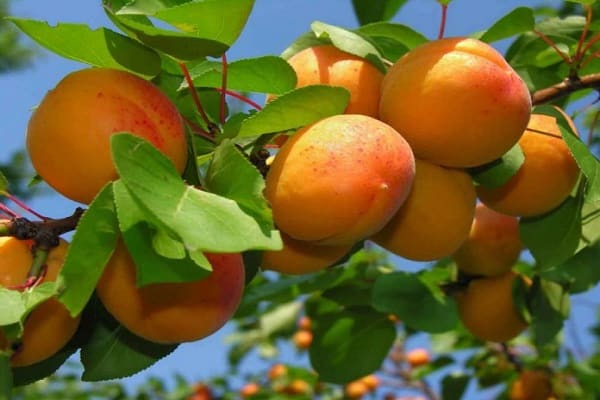
Harvesting
Fruits begin to ripen in July and bear fruit until the end of August. The initial harvest is small, no more than five kilograms. However, after 3-4 years, the apricot tree fully yields a harvest - up to 60 kilograms per copy.
Apricot variety Northern Triumph impresses with its taste. The fruit is eaten raw, dried, harvested for the winter. Particular preference is given to the seeds of the fruit, they have a bright taste of almonds. Nuclei are used to treat malignant tumors, used for the preparation of cream, fillings, yogurt.
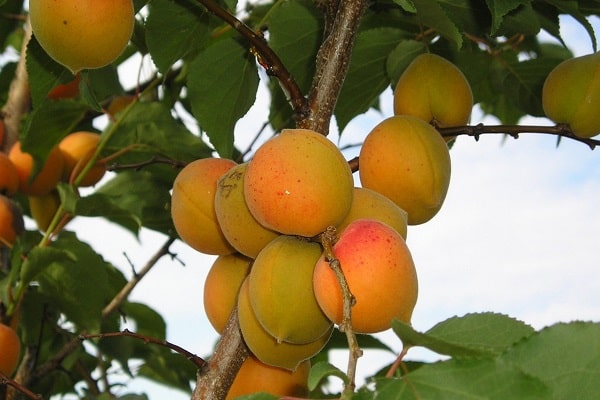
As already mentioned in the description of the variety, the fruits are resistant to temperature extremes, therefore they perfectly tolerate transportation. It is better to transport fruits at the moment of technical maturity, when the pulp is still firm, but they have already acquired the appropriate color.
It is recommended to harvest in clear weather, when the moisture from the grass has already evaporated, because, when harvesting, a cold snap can impair the taste of the fruit.
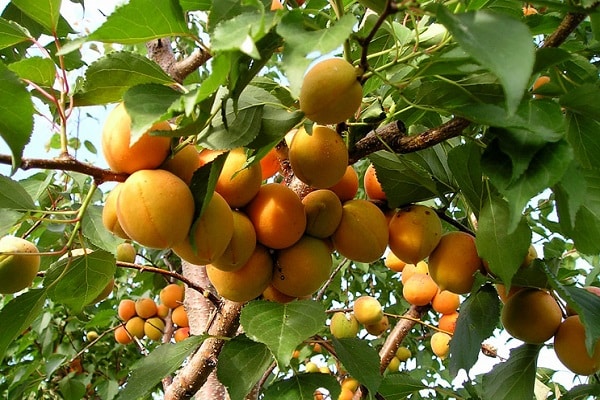
Planting and leaving
Like any other variety, Northern Triumph is thermophilic and requires special care. It should be planted in a bright, windproof area. It is better to do this in the direction to the south of the building.This species is self-fertile, therefore it does not require a number of pollinating trees.
When caring for a variety, you need to take into account its high yield - such trees require annual feeding. Soils with an acidic environment and the close presence of groundwater are also unacceptable for a stone fruit culture.
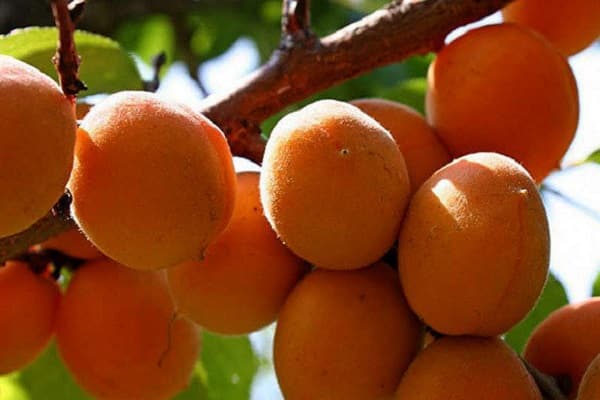
Requirements for seedlings
Seedlings should be chosen carefully on the market. It is worth buying a plant with a closed root system, since this allows you to preserve it in favorable conditions for it. If the root is open, then follow the conditions of transportation and storage; it must not be allowed to weather or dry out. The best time for disembarkation is late April or early May.
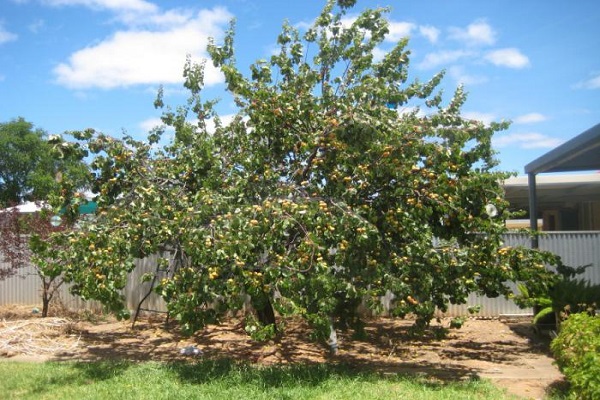
Top dressing
The apricot needs feeding. For these purposes, you can use potash and nitrogen fertilizers, manure or superphosphate. Top dressing should be done before flowering, after the ovaries fall off.
Watering features
To maximize the development of the root system and provide comfortable conditions for the growth of a young tree, it must be intensively watered throughout the spring and summer period.
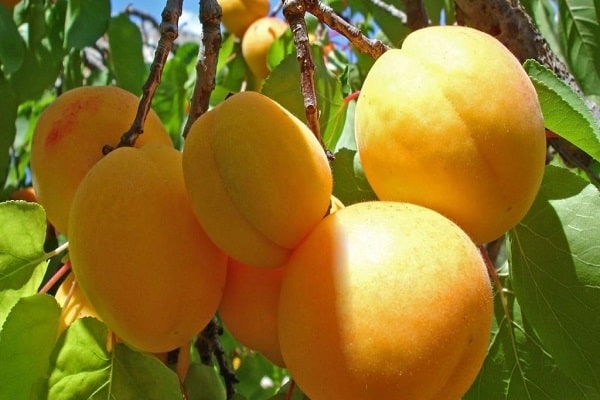
Pruning
One of the basic rules apricot tree care is pruning after planting. It is better to carry out the procedure in the spring, for this it is necessary to remove diseased shoots and broken branches, which can interfere with the normal growth of the culture.
Diseases and pests
The most dangerous for the apricot tree are diseases such as clasterosporiasis and moniliosis.
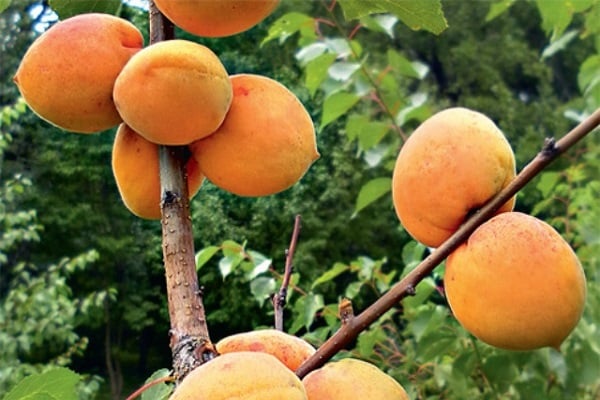
Clasterosporiasis
Another name is perforated spotting. Diseases can be recognized by the leaves: spots appear on them, which after a while turn into holes. To combat pathology, copper sulfate or Bordeaux liquid is used. One hundred grams of the selected product is diluted in ten liters of water, trees are sprayed in the spring, before the flowering period.

Moniliosis
Another name is fruit rot. It is not difficult to recognize the disease, since with pathology the color of the fruits changes, they turn brown, with creamy dots of mushroom spores. The disease spreads rather quickly and affects other trees.
To reduce the risk of disease, it is necessary to keep the trunk clean and whitewash it every fall. It is useful to mix lime with copper sulfate. When the rain is washed off, the main part should be whitewashed again.
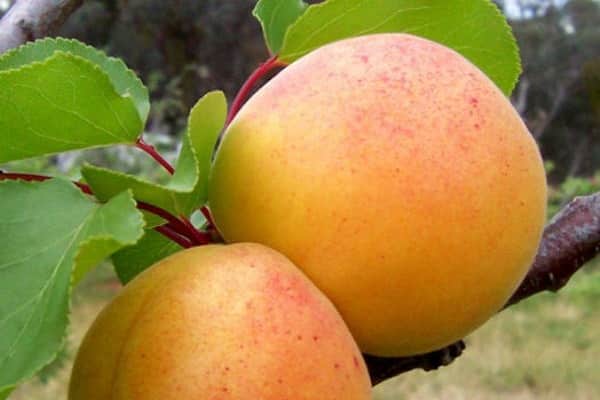
To combat fruit rot, Bordeaux liquid and the chemical Horus are used. In the first case, one hundred grams of lime and vitriol is diluted in ten liters of water, then all trees are sprayed. Horus insecticide is diluted according to the instructions on the package, sprayed until flowering, then the procedure is repeated weekly.
Triumph of the North is also susceptible to attacks by the following pests:

- aphids - exterminate with a 0.3% solution of karbofos;
- hawthorn butterfly - Bordeaux liquid is used to fight;
- plum stalk - destroyed by the chemical Entobacterin.
The cultivation of the Northern Triumph does not require much effort, you just need to choose the right seedling and plant it in good quality soil. After following certain rules for caring for the plant, you will receive a high yield of aromatic and sweet fruits.

